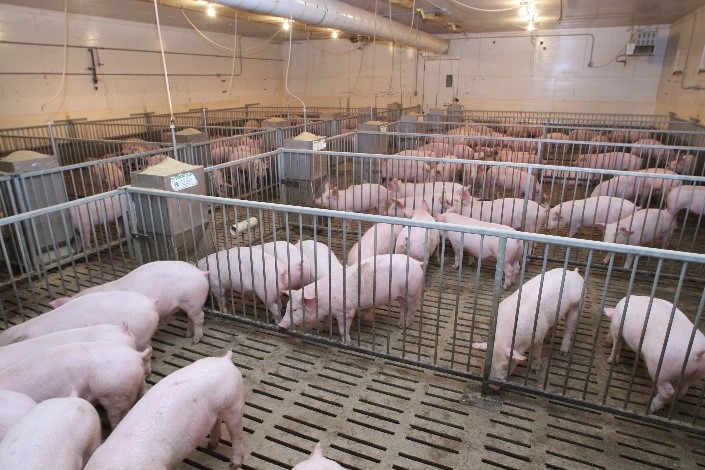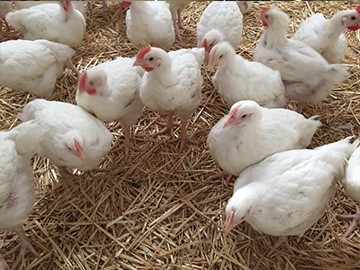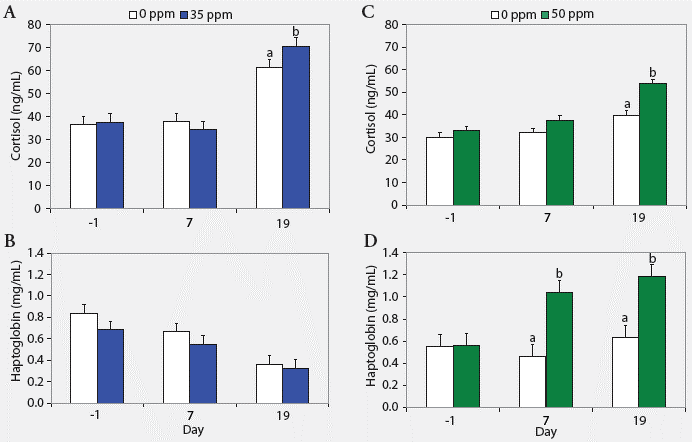Case Study | Ammonia Emission Control
in Pig & Poultry Breeding Stables
Intensive animal farming or industrial livestock production, also known as factory farming, is a production approach towards farm animals in order to maximize production output, while minimizing production costs. Intensive factory farming has grown to become the biggest threat to the global environment through the loss of ecosystem services and global warming.
Industrial production of pigs and poultry is an important source of Green House Gas (GHG) emissions and is predicted to become more so. On intensive pig farms, the animals are generally kept on concrete with slats or grates for the manure to drain through. The manure is usually stored in slurry form (slurry is a liquid mixture of urine and feces). During storage on farm, slurry emits methane and when manure is spread on fields it emits nitrous oxide and causes nitrogen pollution of land and water. Poultry manure from factory farms emits high levels of nitrous oxide and ammonia.
European legislation in respect of animal living conditions put strict norms on air quality inside animal stables. EU Directive 98/58/EC (Annex Clause 10) states animal buildings should maintain living conditions not harmful for the animals in respect of gas concentrations among other things.


Ammonia is highly soluble in water and is presumably largely absorbed by the distal airway mucus of animals. Ammonia can favor bacterial contamination of the lungs by decreasing pulmonary clearance and inducing airway mucosal inflammation. Ammonia also can affect cellular necrosis of alveolar tissues and lead to respiratory stress and edema (abnormal accumulation of fluid in the interstitium).
Stress in general has effects on:
- Immune system
- Endocrine system
- Animal Behavior
- Performance measures
Stress factors induce a series of natural defense reactions, which constitute homeostatic processes.
Scientific studies have identified that short term low Ammonia concentrations (~30 to 50 ppm) have limited effect on animal health. However prolonged exposure to high NH3 concentrations (>50 ppm NH3) do have an effect on overall animal health.

Acute and prolonged effects of ammonia on hematological variables, stress responses, performance, and behavior of nursery pigs
E. von Borell, PhD; A. Özpinar, PhD; K. M. Eslinger; A. L. Schnitz; Y. Zhao, PhD; F. M. Mitloehner, PhD.
These effects where measured by blood analysis of exposed animals, specifically measuring cortisol and haptoglobin levels in the blood. Cortisol is released in response to stress and low blood-glucose concentration. It functions to increase blood sugar through gluconeogenesis, to suppress the immune system, and to aid in the metabolism of fat, protein, and carbohydrates. It also decreases bone formation. Haptoglobin is a protein that is formed in the liver and that is involved in the breakdown of hemoglobin of red blood cells. A continuing high haptoglobin concentration might indicate pulmonary edema or continuing alveolar necrosis.
Case study
Case study Biological Treatment of Pig Stable
This case study describes the effects of MicroAktiv-DL and MicroAktiv-BS on ammonia emission, animal health & mortality, animal weight, food conversion and manure clearance from manure pits at a commercial pig breeding farm in Romania.
Case study Ammonia Control in Poultry Stable
This case study describes the effects of MicroAktiv-BS on animal mortality and weight on a chicken test farm in The Netherlands. The application of the product was tested during 8 production cycles in one year.
Case study Ammonia Control in Pig Stable
This case study describes the effects of MicroAktiv-BS on ammonia emission and animal health at a pig breeding test farm in The Netherlands.